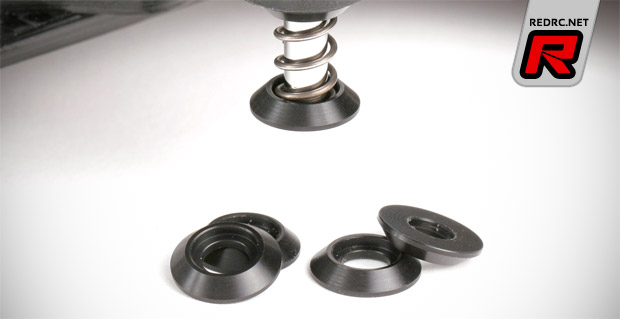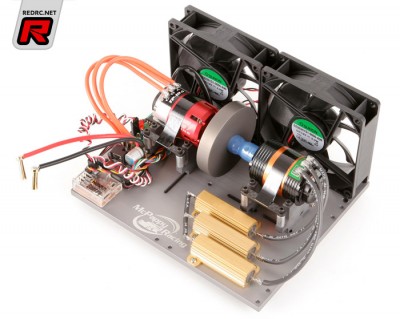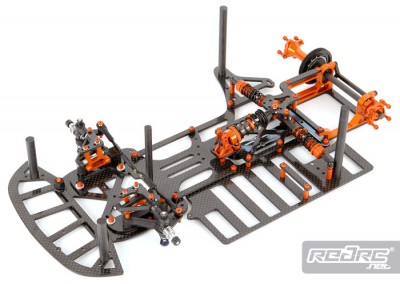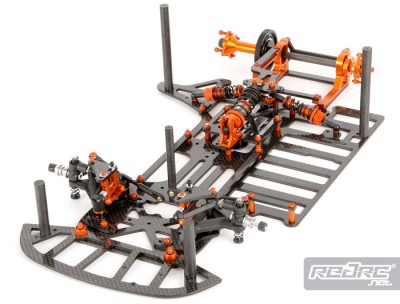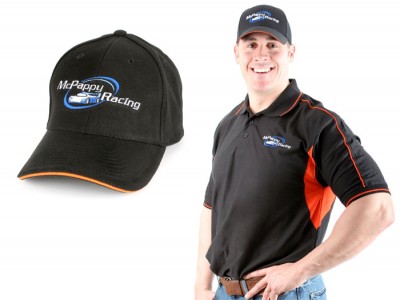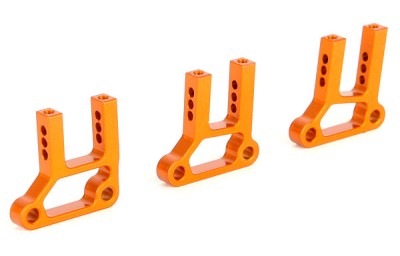McPappy Racing brushless chassis dyno
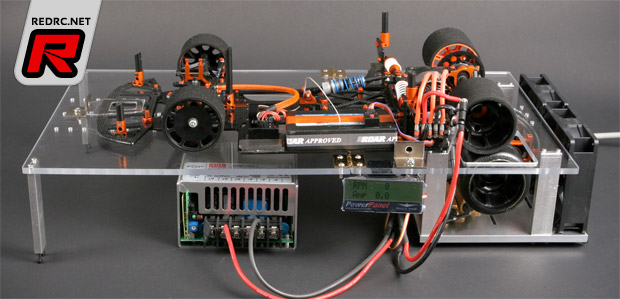
McPappy Racing have released their new brushless chassis dyno. The dyno can provide 5 styles of testing including chassis dyno testing, direct coupler in between both motors, direct coupler with flywheel in between both motors, offset motors using 2 pinions and offset motors using 2 pinions + flywheel. Chassis dyno testing offers the most convenience, as you simply set your car down on it and pull the trigger. This convenience allows you to try many variations and find the power you want quicker. You can also share numbers with other racers (regardless if the speedo and motor are different) to get the power dialed in very quickly. The chassis dyno can accommodate most 1/10th, 1/12th, and 1/18th, RC pan cars, dirt oval cars, touring cars (with front wheels propped up), buggies, etc. Direct ‘motor only’ testing is a bit more work to set up, but it provides an additional level of precision because it removes some more variables. If you are looking to find small differences, direct ‘motor only’ testing can be worth the effort. Whichever test method you are using, your overall goal is to turn the slave motor as fast as you can with the least amount of amps.
View more images of the Dyno here
